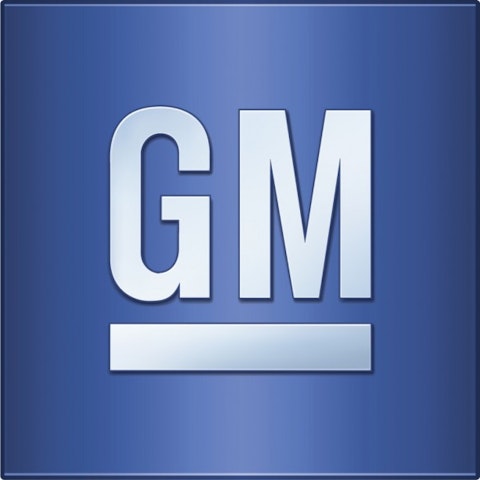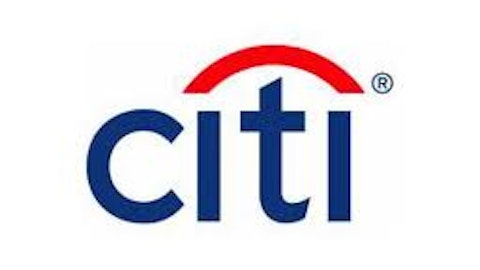As China prepares to transition to new leadership, its government has begun advancing plans for economic growth based on consumer spending, instead of investment and exports. This can only bode well for the nation’s auto market — already the world’s largest — since the rebalancing aims to boost household income and encourage domestic purchases. As a result, the Chinese auto market’s sizzling luxury segment could see even greater growth.
All of this should ultimately benefit American automakers, who are positioned well in the overall Chinese market, and are now laying plans to move up in its faster-growing and more profitable premium segment.

China’s overall auto market has been bigger than the U.S. market since 2009. Last year, it surpassed all of Europe combined. Some observers feared luxury sales might dip as the government started putting anti-inflationary measures into place, but total demand kept rising throughout 2012.
More significantly, luxury sales continued outpacing overall car sales. The category racked up 36% average annual growth over the past decade, compared to 26% for China’s total auto market. And several recent studies project that these sales will grow only stronger in the years ahead.
A recent report from McKinsey & Co., for example, estimated that China’s luxury sales would grow from 1.25 million in 2012 to 3 million in 2020 — surpassing luxury sales in the U.S. and Western Europe along the way. The potential increase seems particularly viable when you know that more than 100 very large cities in the country still don’t have a single dealership peddling these premium vehicles.
U.S., others challenge Germans for luxury customers
On the heels of another strong year in 2012, German automakers solidified their leadership of China’s luxury sales; they now claim 80% of the segment. Volkswagen’s Audi brand remained the luxury leader, followed by Bayerische Motoren Werke’s BMW, and Daimler’s Mercedes-Benz (the only one of the Big Three to see slowing growth). All have announced aggressive plans to try and cement their top positions.
But global competitors aren’t giving anything up to the Germans.
Chief among them is General Motors Company (NYSE:GM) . In 2012, it grabbed the overall sales lead in China among all foreign automakers for the eighth consecutive year, but it’s battling a strong challenge by Volkswagen. Its hopes to remain on top rest with Bob Socia, installed in October as the new president of GM China. Socia will oversee development of several new plants that will increase the company’s domestic production by 20%, as well as the addition of 400 new dealerships this year — following the opening of 700 in 2012.
Perhaps even more notably, Socia reportedly desires a stronger China presence for Cadillac, and he’s revving up the brand to attract luxury customers. Until this year, the company sold only SRX and CTS models in China. But it added 90 new Cadillac outlets in 2012, and plans another 40 this year, primarily in the country’s largest cities. In 2013, it’s introducing the XTS model, which will be followed by an Escalade launch.
The other U.S. automaker at play in China is Ford Motor Company (NYSE:F). It started slowly, but it’s now growing very rapidly, on strong demand for its Focus model and the drawn-out boycott of Japanese automakers sparked by a territorial dispute between the two countries. Nissan Motor Co., Ltd. (ADR) (PINK:NSANY), Toyota Motor Corporation (ADR) (NYSE:TM) , and Honda Motor Co Ltd (NYSE:HMC) have all ceded market share to Ford Motor Company (NYSE:F) and other non-Japanese car companies over the past year because of this boycott. Their declines have narrowed significantly in recent months, however, suggesting sales patterns are gradually returning to normal.
Ford Motor Company (NYSE:F), though, hopes to continue capitalizing on the growing popularity that drove its sales up 43% year over year in December, and 98% year over year in January. While precise comparisons for the latter month are distorted by this year’s timing of the China Lunar New Year, the increase is nonetheless quite impressive, and it demonstrates Ford’s understanding of the country’s auto buyers. Like GM, Ford will next try to replicate this success in the China luxury segment by introducing its Lincoln nameplate in 2014.
The bottom line
China’s auto market has been a bright spot for automakers worldwide, and the country’s newly announced economic direction should only boost sales. At the same time, the super-hot and extremely profitable luxury segment shows no sign of cooling. Analysts expect demand there to keep growing as higher incomes further boost demand.
There is room for a lot of winners, but the competition is also expanding. In addition to the premium options mentioned above, Jaguar Land Rover, Volvo and PSA Peugeot Citroen are among other global brands seeking a bigger piece of the luxury pie. GM and Ford have proven they can succeed in the overall market; now they have to show they can apply what they’ve learned to the luxury segment.
The article China Luxury Auto Boom Expected to Continue originally appeared on Fool.com and is written by Howard Rothman.
Copyright © 1995 – 2013 The Motley Fool, LLC. All rights reserved. The Motley Fool has a disclosure policy.





